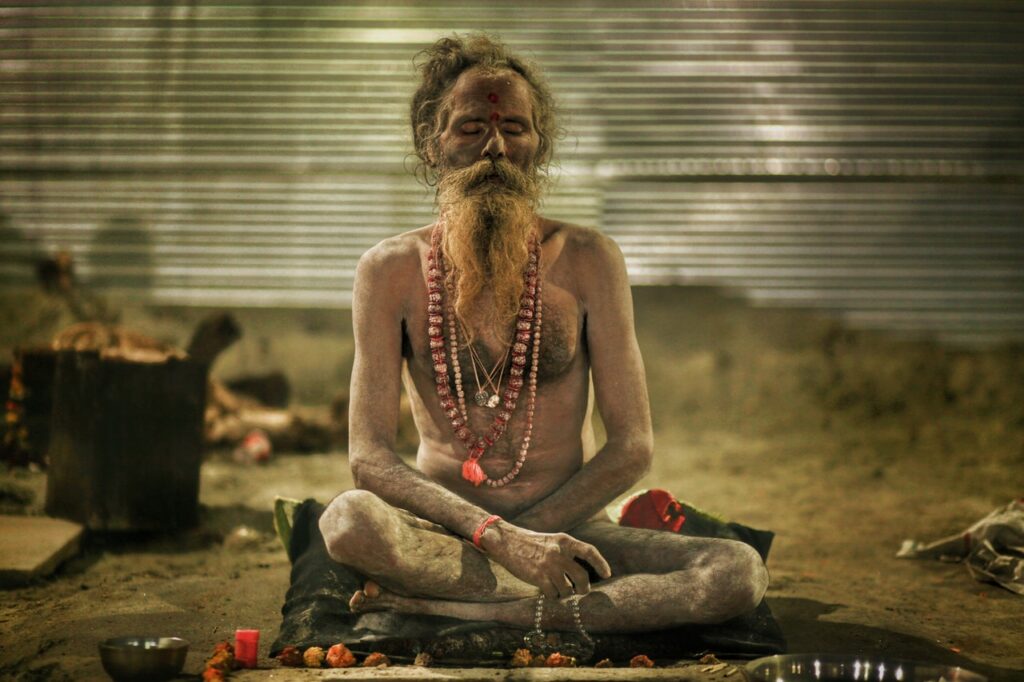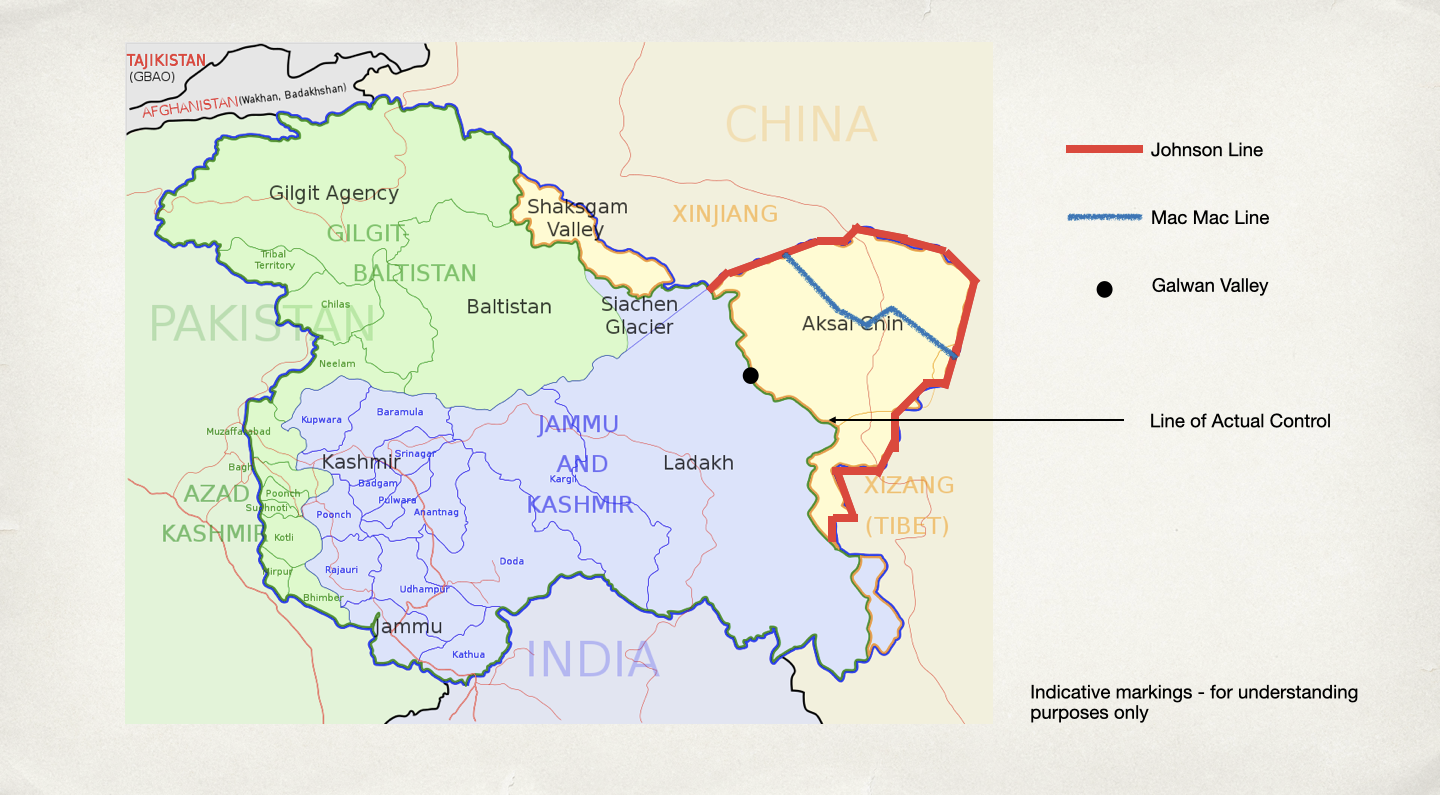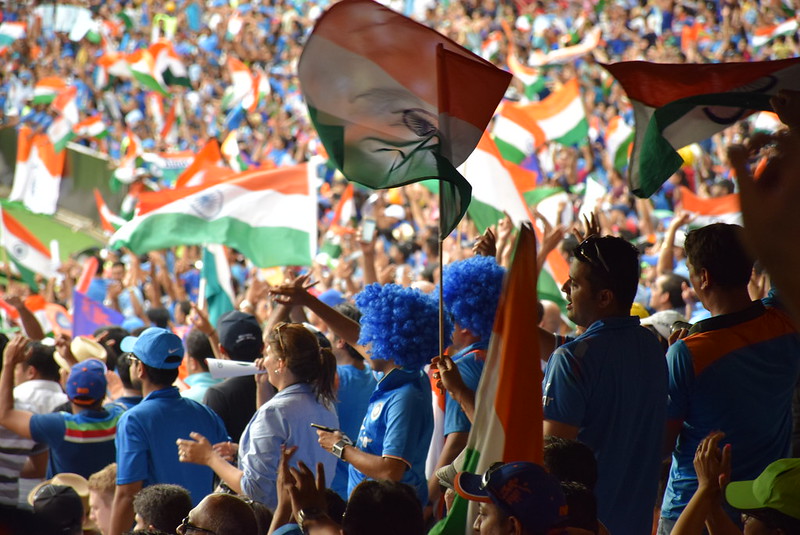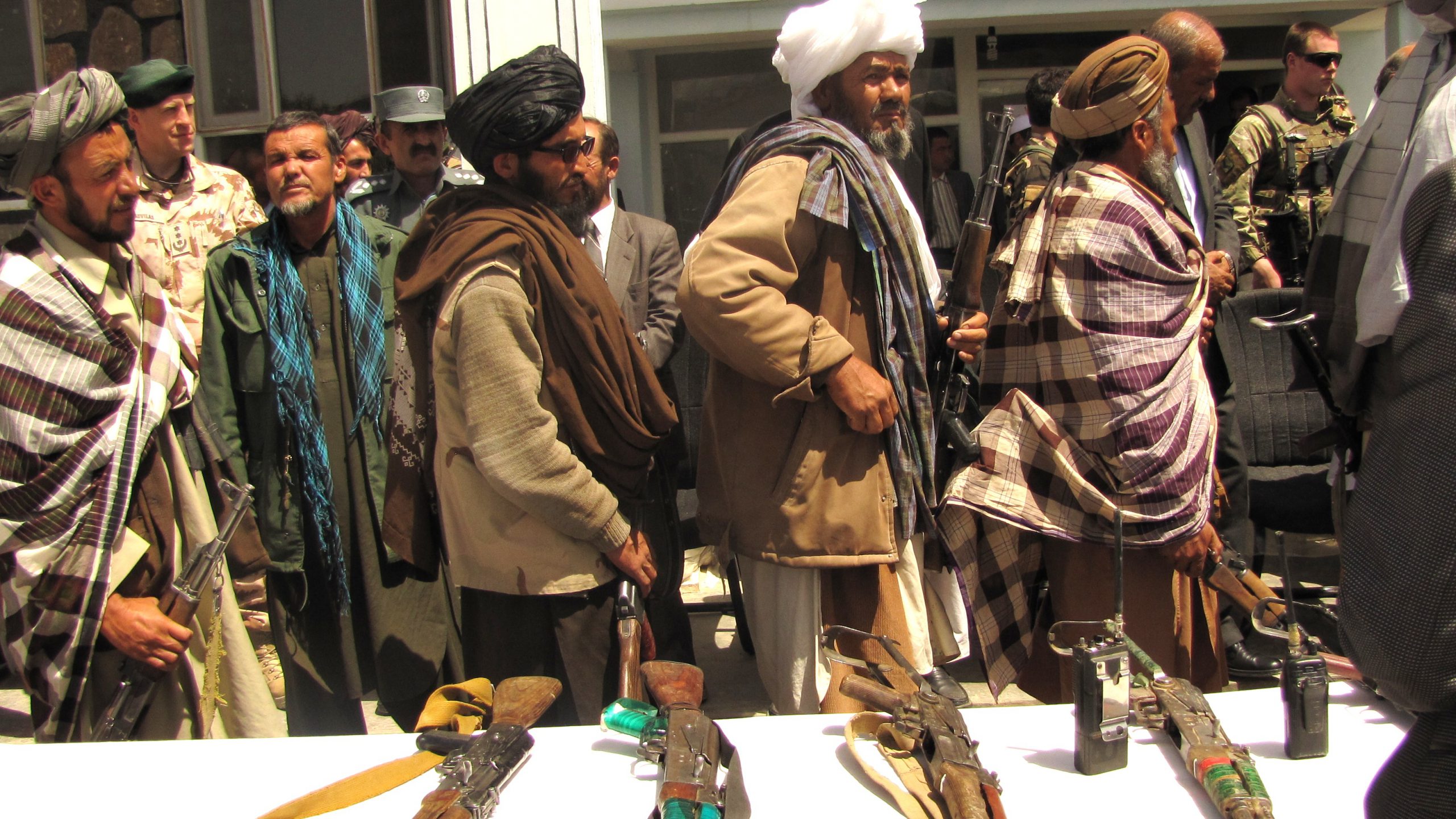Reading Time: 2 minutes
- Kumbh Mela is a Hindu religious festival that is celebrated four times over the course of 12 years.
- The site of observance of Kumbh Mela rotates among four sites: Haridwar, Nashik, Ujjain, and Prayagraj.
- Because each site’s celebration is based on a distinct set of astrological positions of the Sun, the Moon, and Jupiter, it doesn’t quite work out as once every three years as per the Gregorian calendar (the calendar we follow).
- E.g., it was celebrated in Ujjain & Nashik in 1980, Haridwar in 1986, Prayagraj in 1989 and then again in Ujjain & NashikThe celebration in Ujjain & Nashik mostly happens in the same year (some time within a few months). in 1992 — so, 4 times in 12 years but not every 3rd year.
- On a given site, say Haridwar, it returns every 11.86 years, which means mainly every 12 years as per the Gregorian calendar but once in a century, it returns after 11 years.
- And then there is Ardh Kumbh Mela (Half Kumbh Mela), which is celebrated every 6 years after Kumbh Mela on a siteFor example, in Prayaraj, Kumbh Mela was celebrated in 1989, then Ardh Kumb Mela in 1995 (6 years later) and the Kumbh Mela in 2001 (6 years). but it is celebrated only in Haridwar and Prayagraj.
- Ardh Kumbh Mela was last held in Prayagraj in 2019, but the Uttar Pradesh Chief Minister announced that it would simply be called Kumbh Mela (and not Ardh Kumbh Mela), and the Kumbh Mela to be held in 2025 will be called Maha Kumbh Mela.
- Maha (Great) Kumbh Mela, otherwise, comes every 144 years and is held only at Prayagraj.
- Prayagraj also hosts Magh Kumbh Mela (Mini Kumbh Mela) every year.
- Kumbh means pot and mela means uniting or assembly, and so, Kumbh Mela means assembly around water (water, in this context, denotes nectar) — that is why it is held around prominent rivers.At Haridwar on the Ganges River, at Ujjain on the Shipra, at Nashik on the Godavari, and Prayag (modern Prayagraj) at the confluence of the Ganges, the Jamuna, and the mythical Sarasvati.
- As per legends, when a sage’s curse weakened the Gods and demons became strong, Lord Vishnu advised them to form an alliance with the demons and churn the nectar of immortality with their help.
- But when the demons came to know that the gods have planned not to share the nectar with them, they chased them for 12 days, during which the nectar fell from the kumbh at four locations where Kumbh Mela is held.
- The first written account of the Kumbh Mela comes from a Chinese traveller Xuanzang, who visited India during King Harshavardhana (ruled North India in the 7th century).
- It is said to have been popularised in the 8th century by saint Adi Shankara, as a part of his efforts to start major Hindu gatherings for philosophical discussions and debates.
- Kumbh Mela is the largest peaceful gathering event globally — 50 million people gathered on 4th Feb 2019 for the celebration.
- Overall, during the 49-day Kumbh Mela 2019 (it was actually Ardh Kumbh Mela), 240 million (10 times the population of Australia) people visited Prayagraj.
Image courtesy of Parna Gohil through Pexels
Reference shelf :











